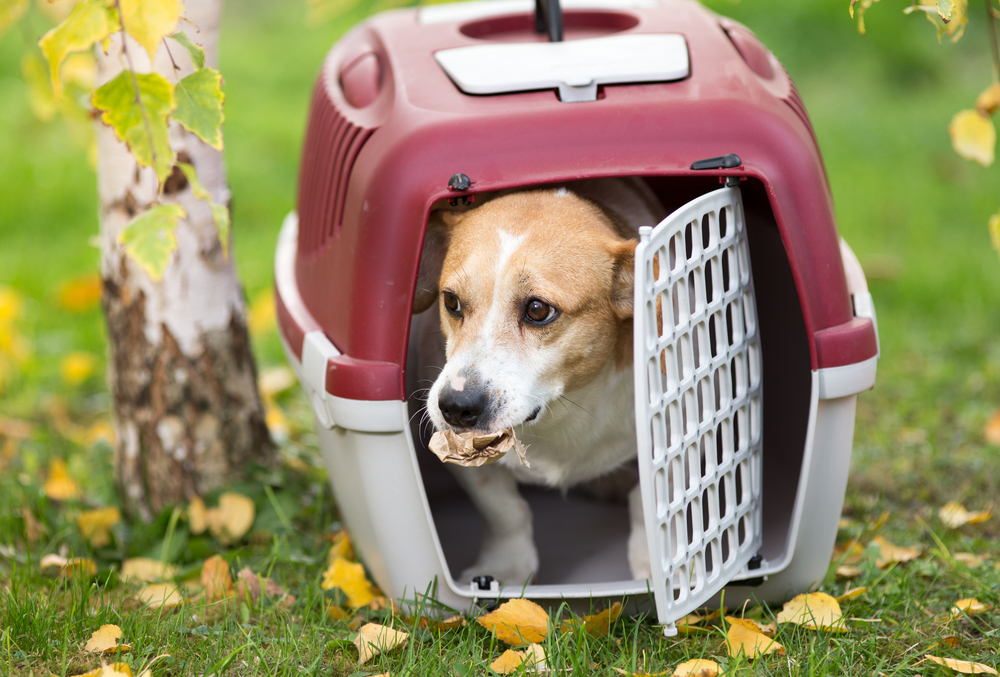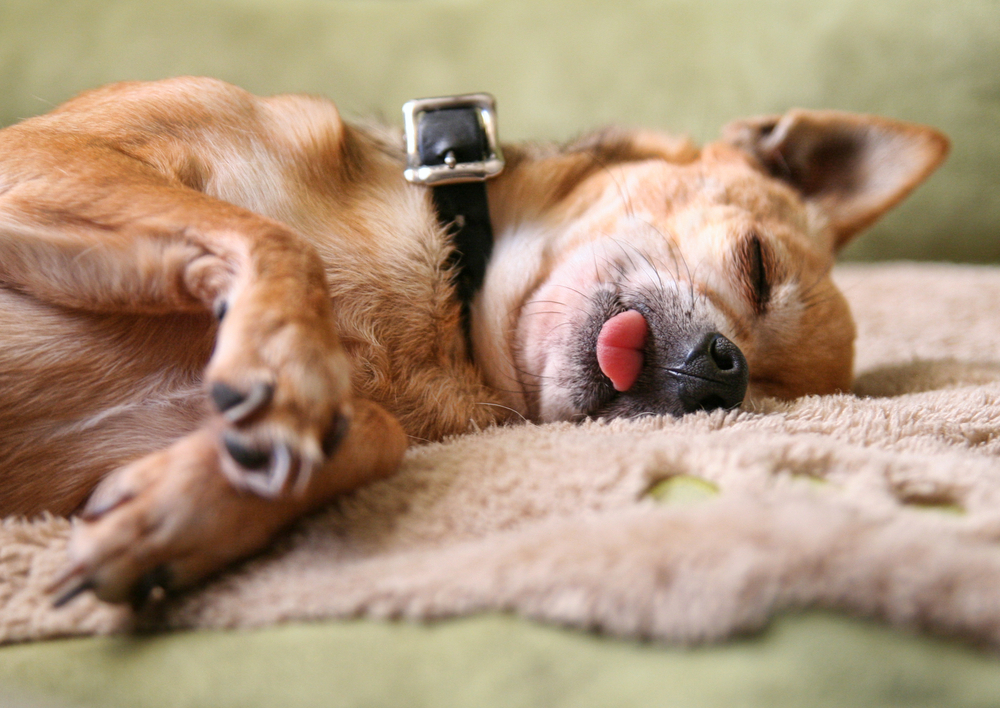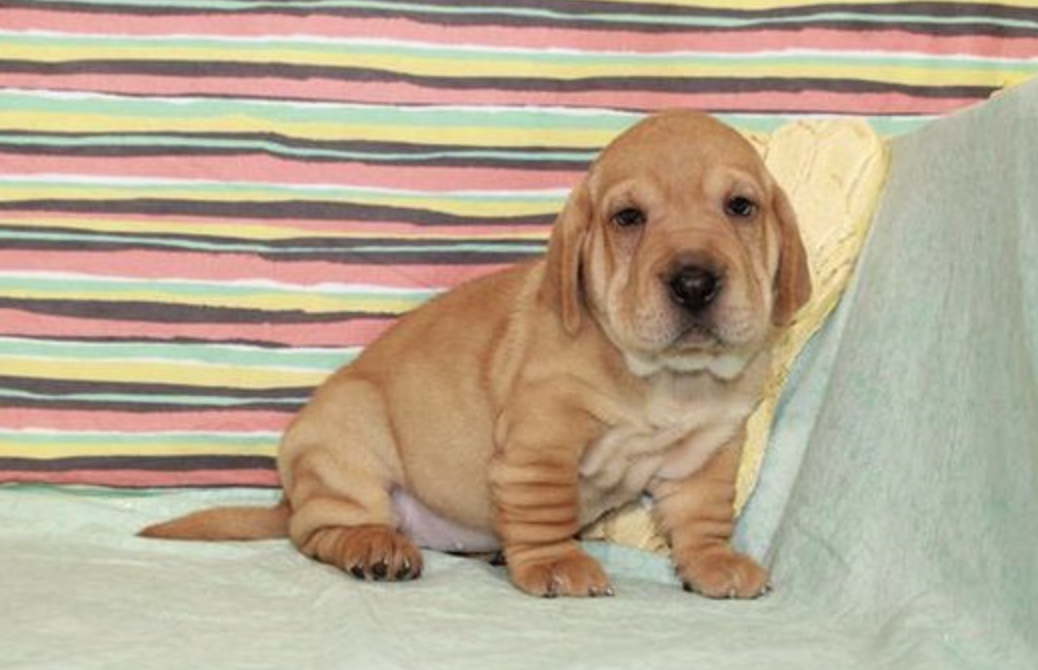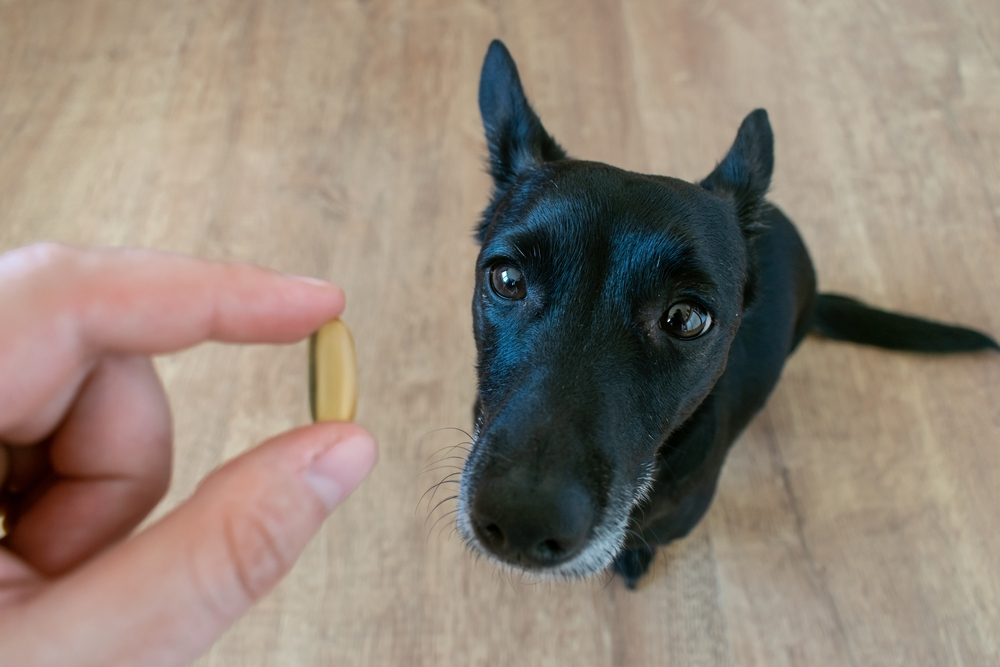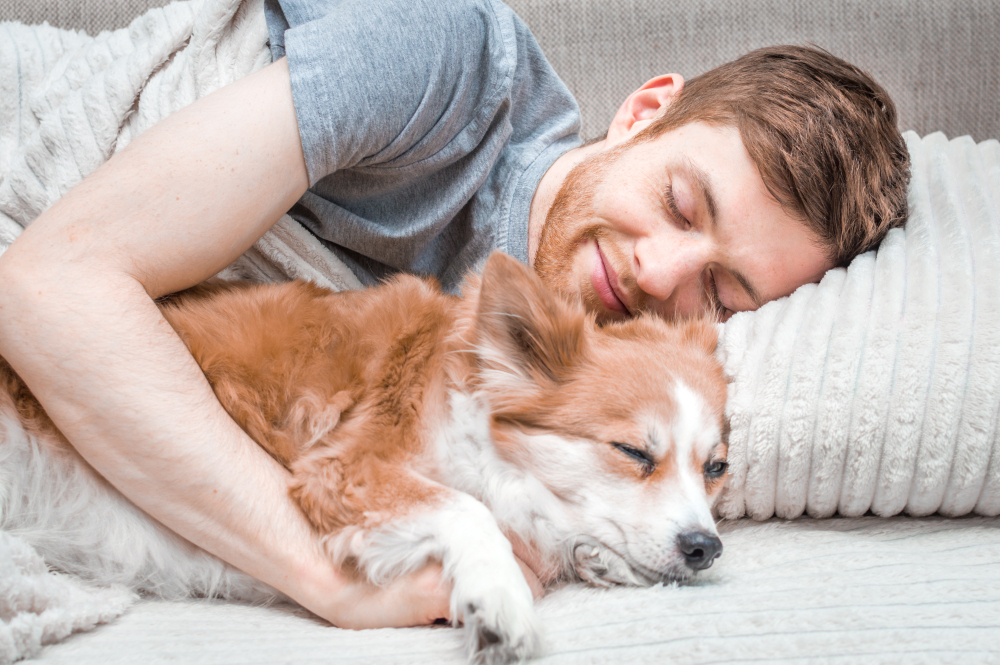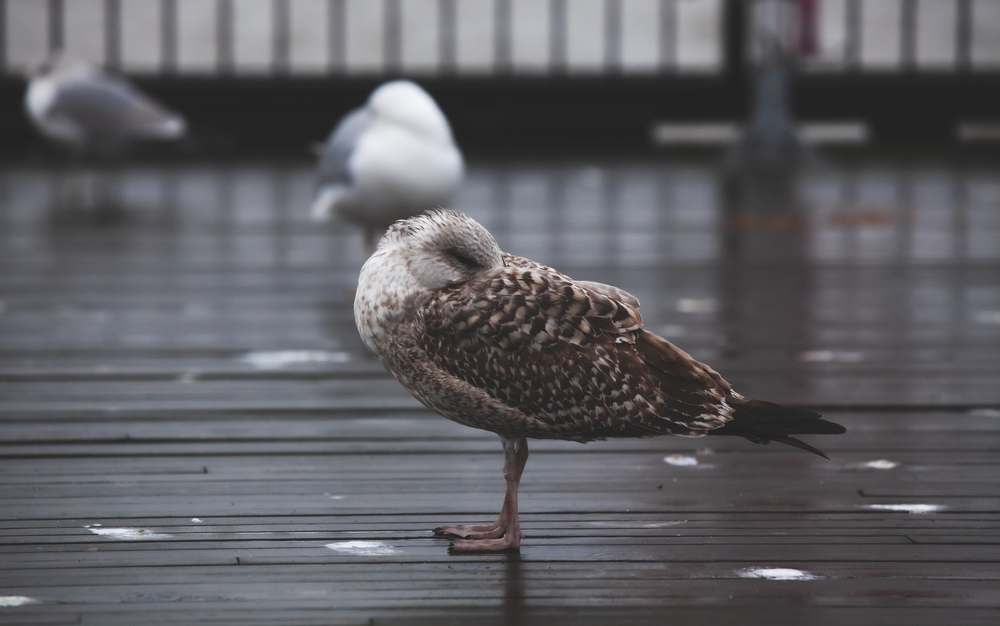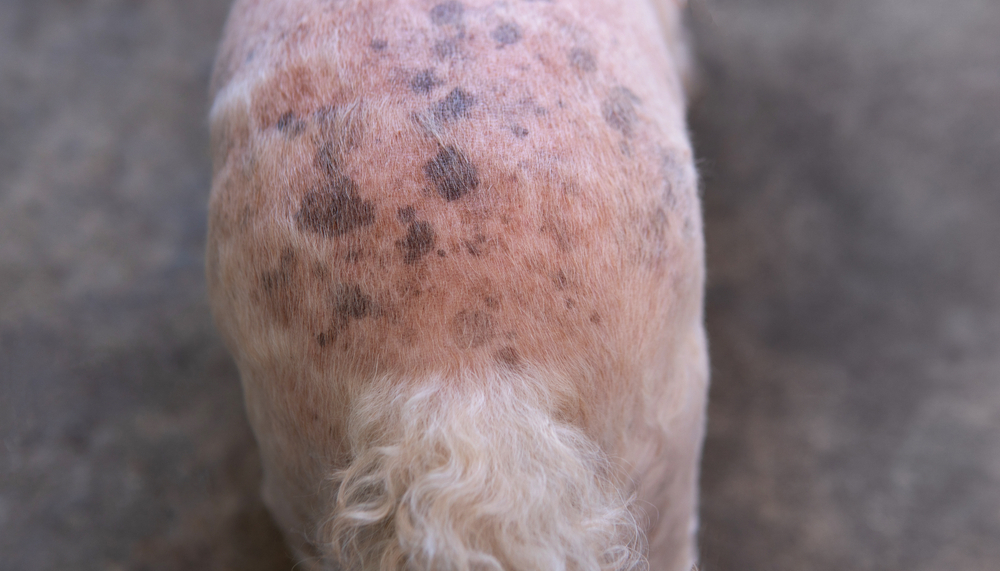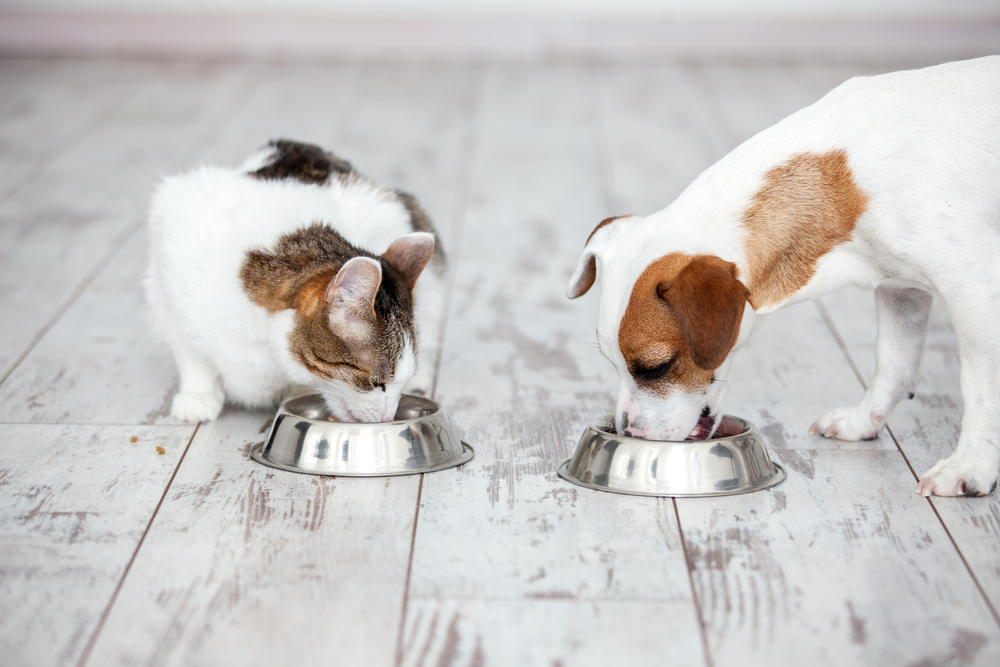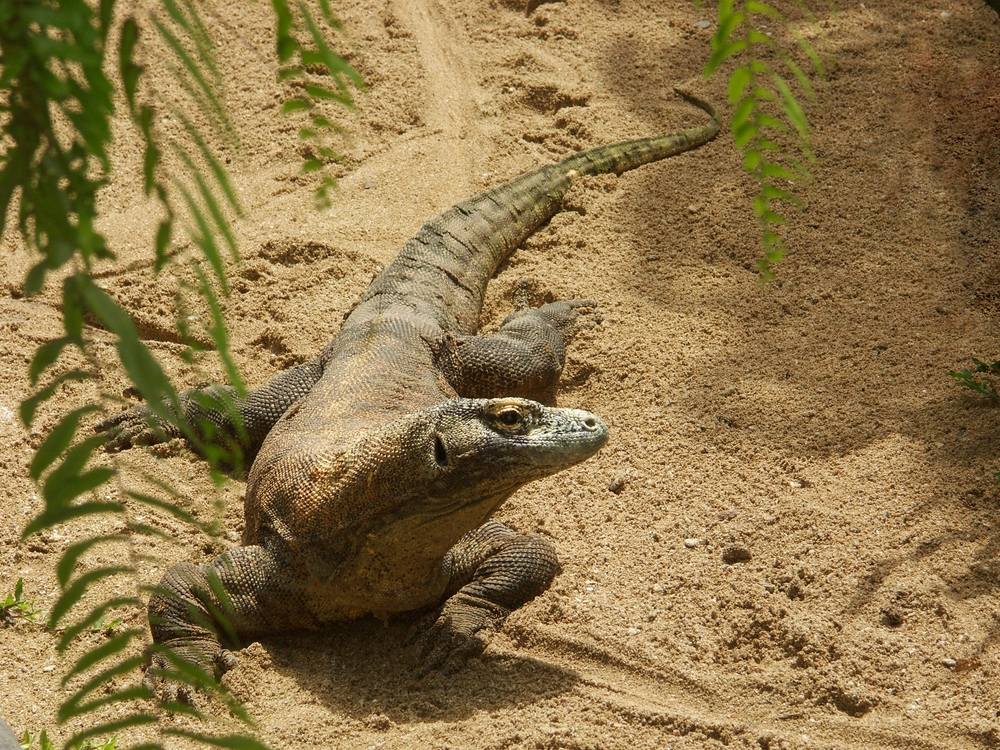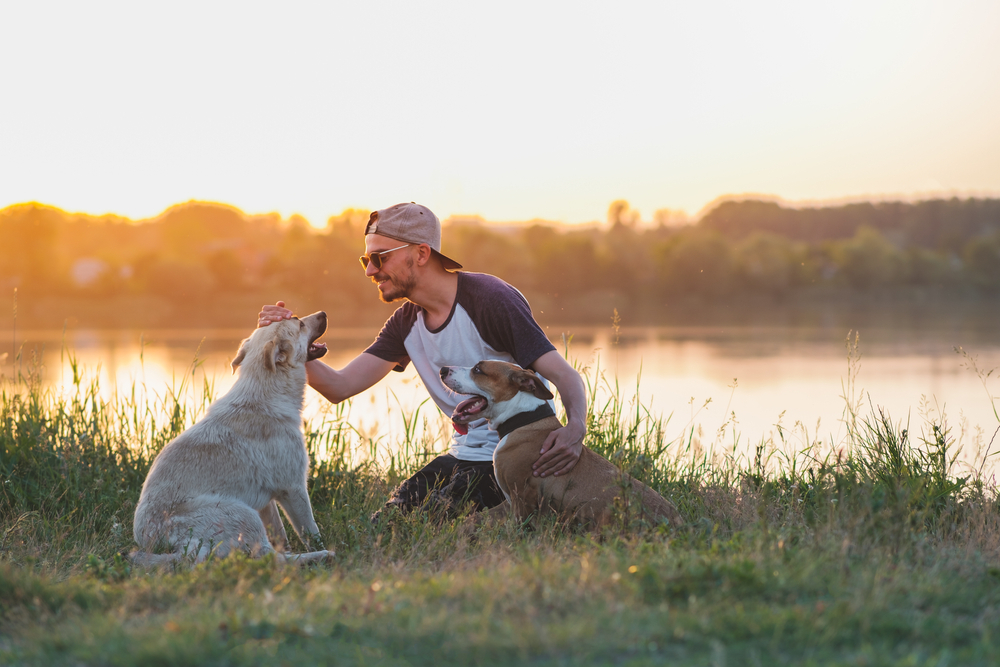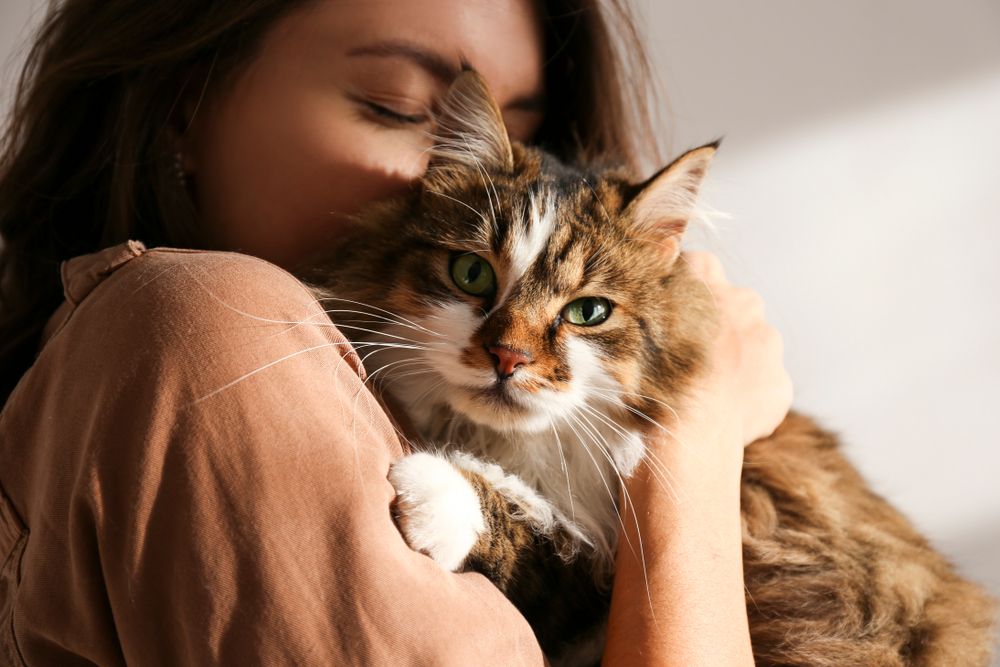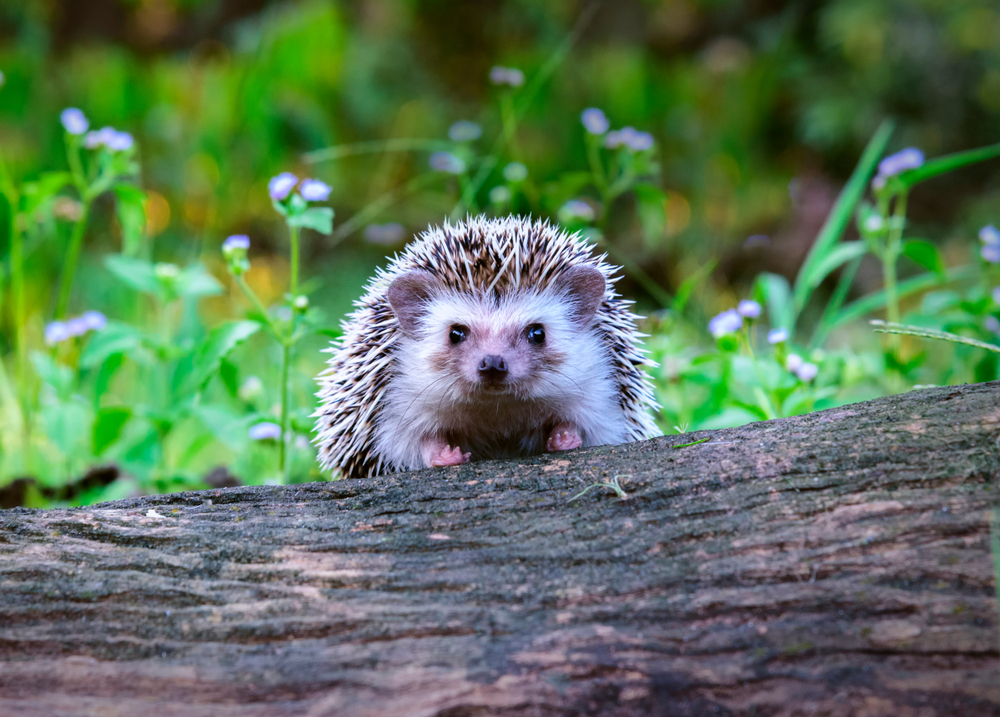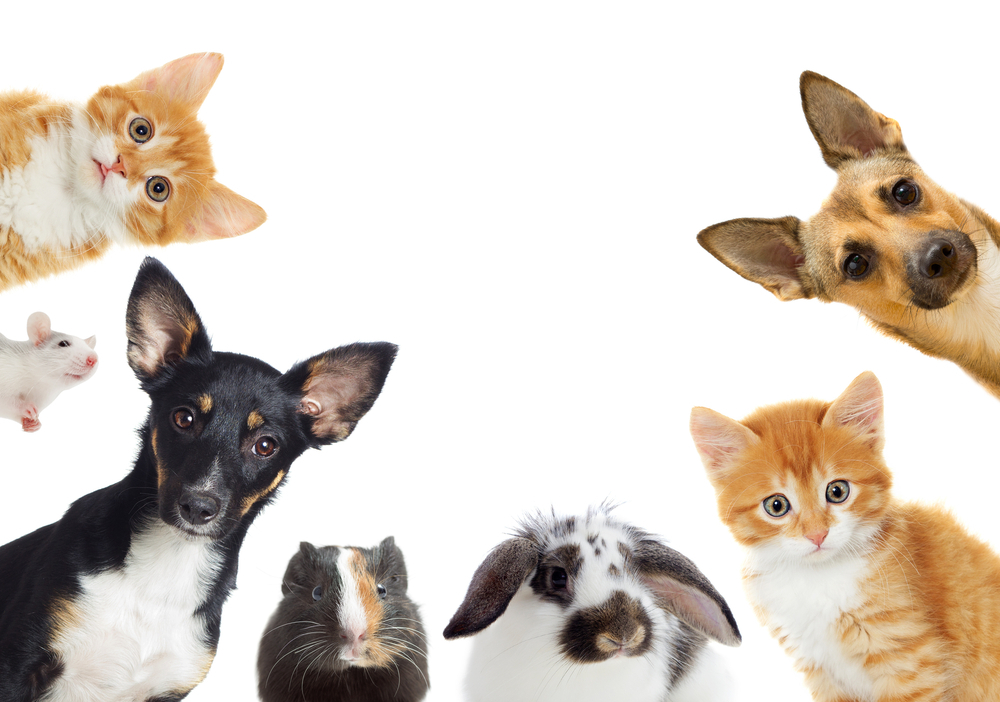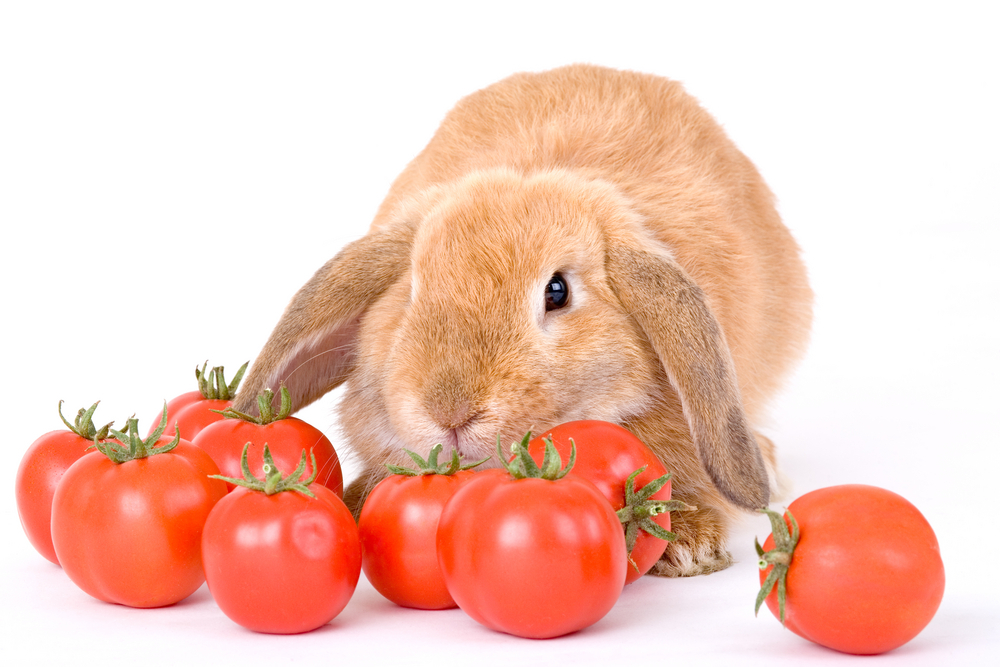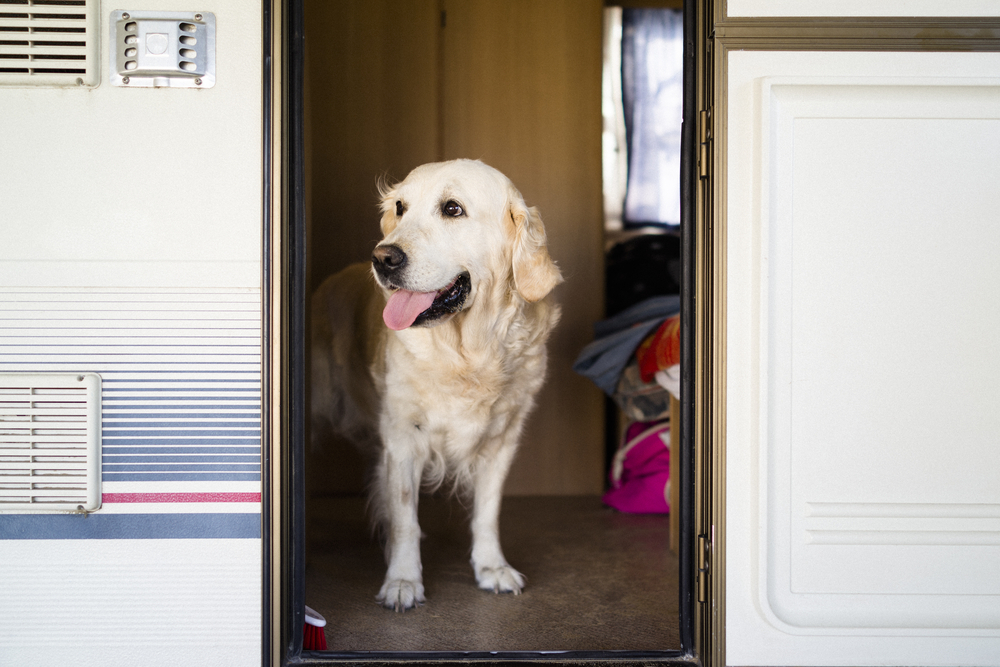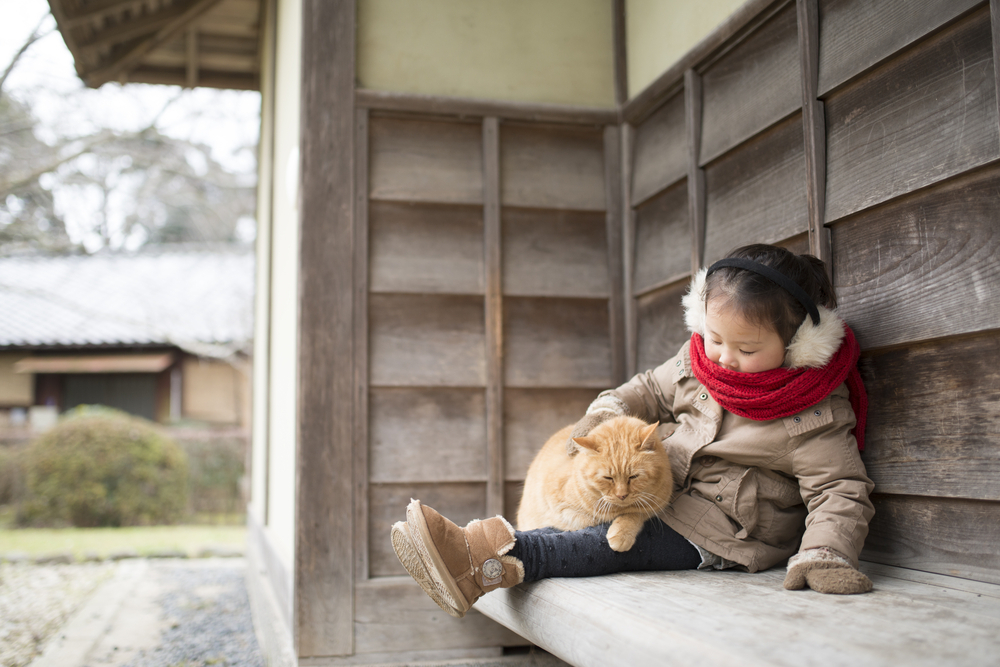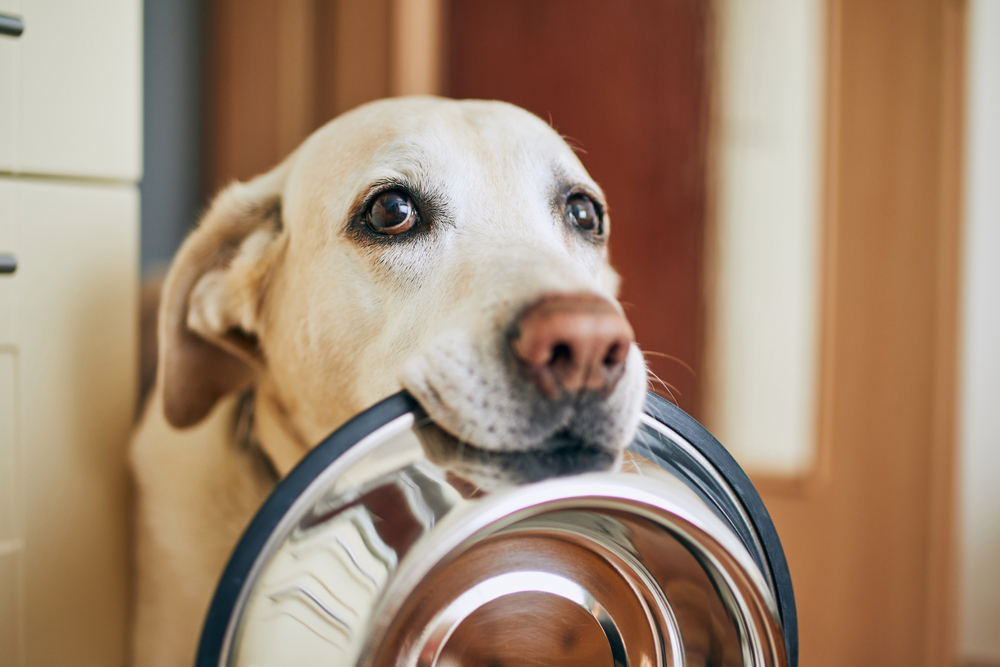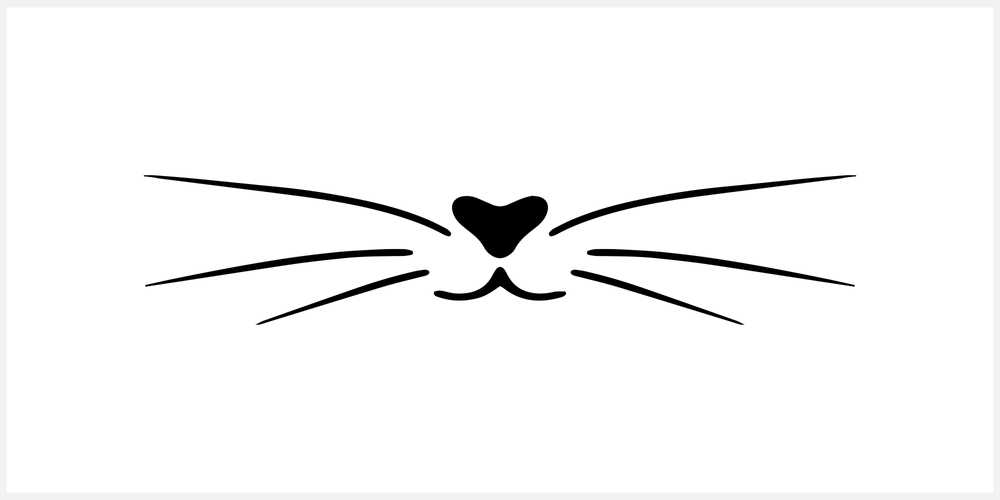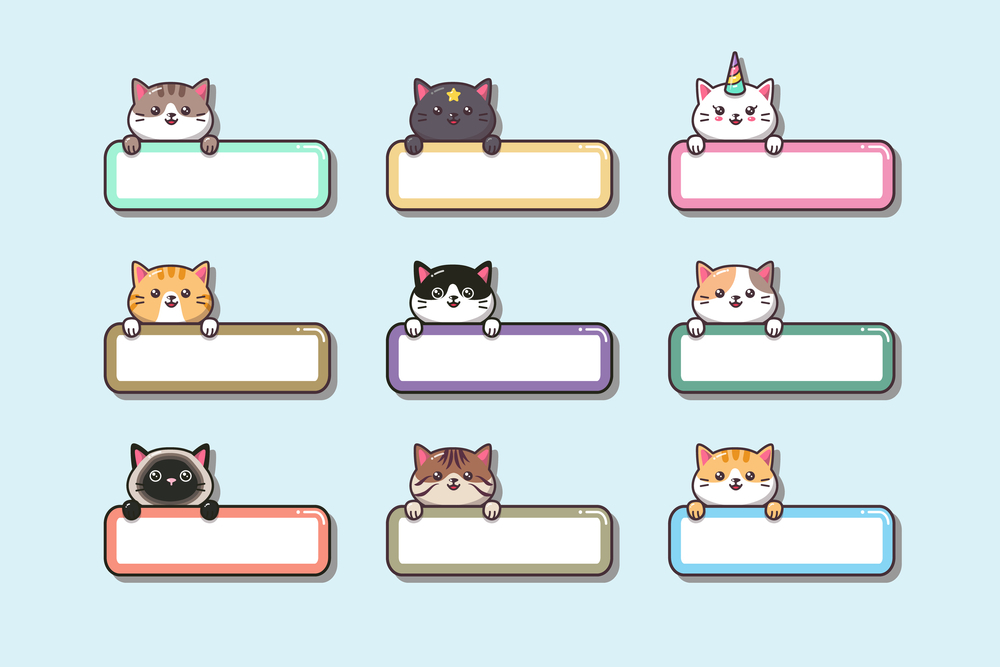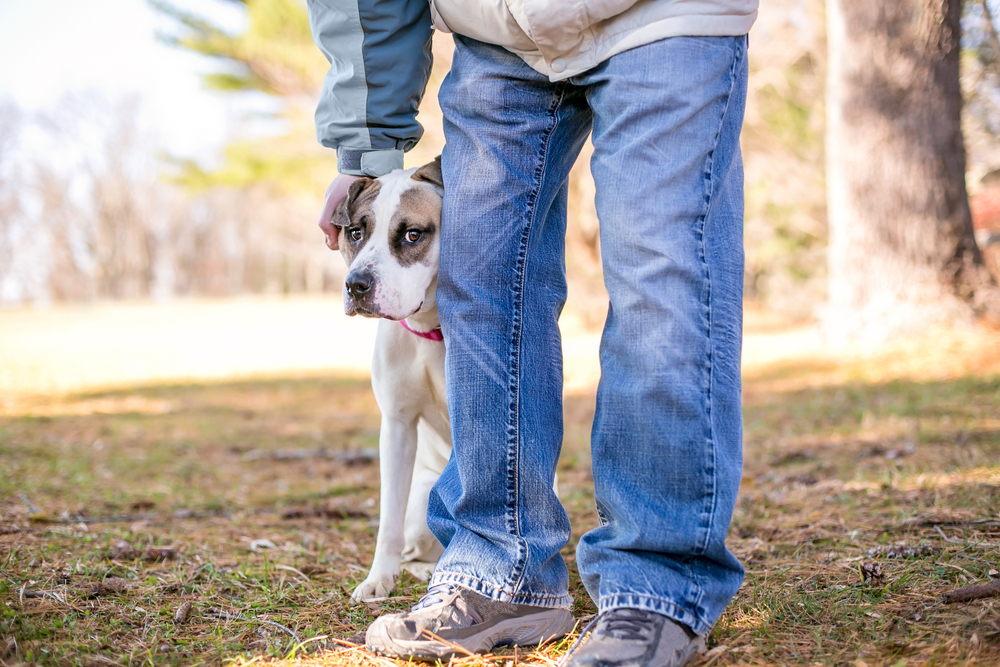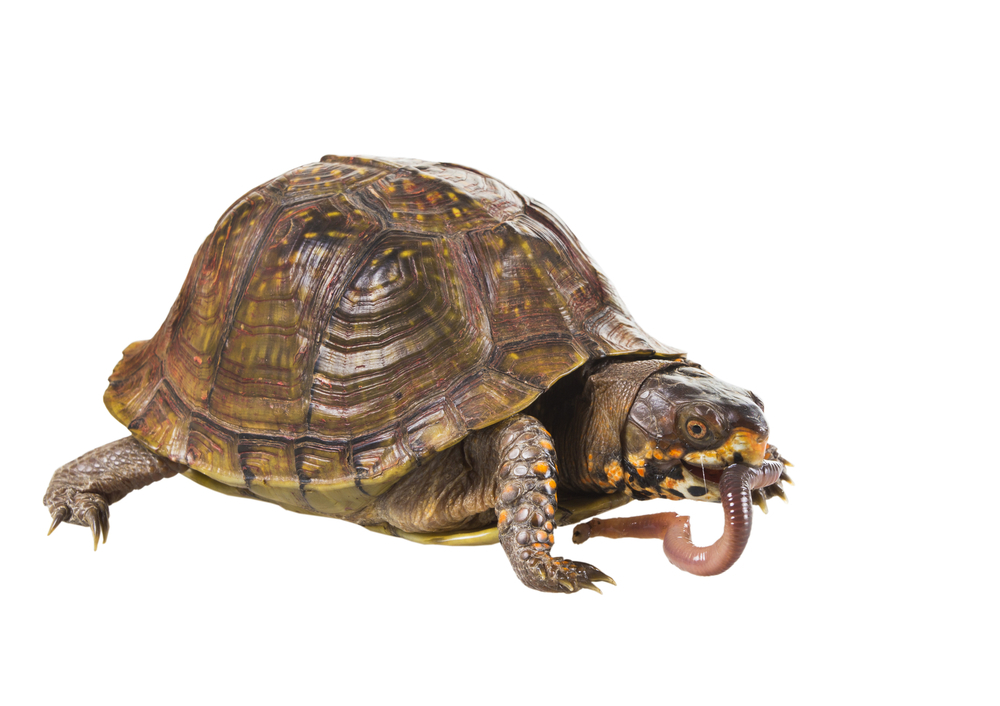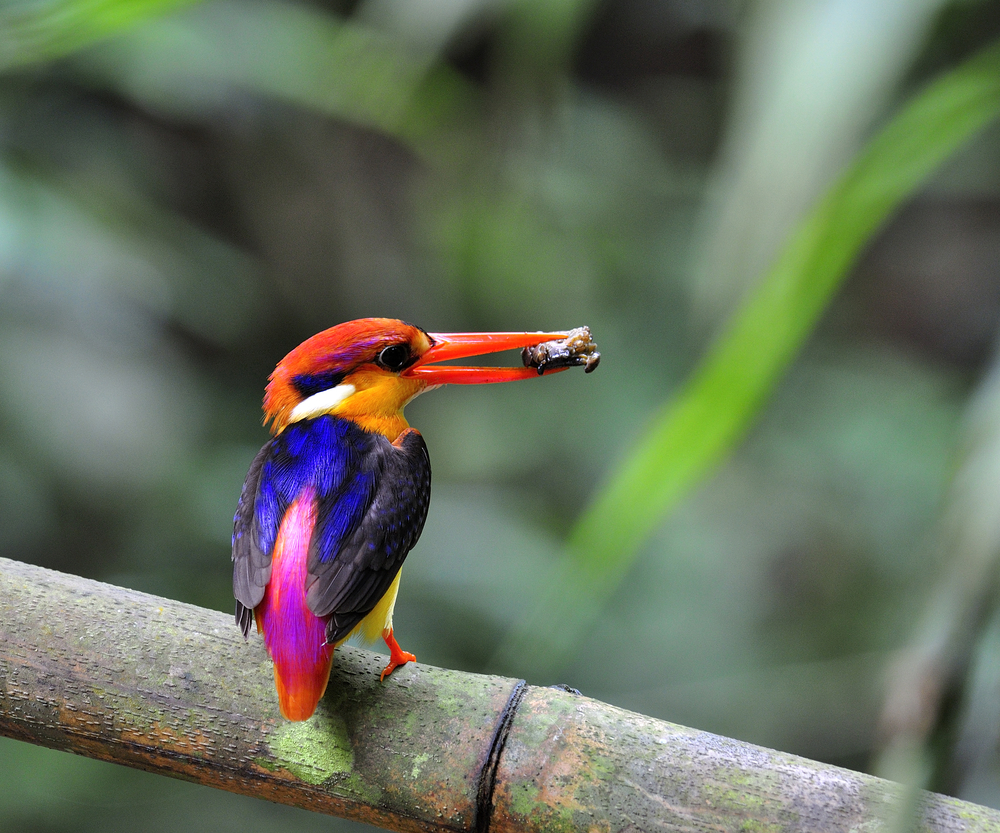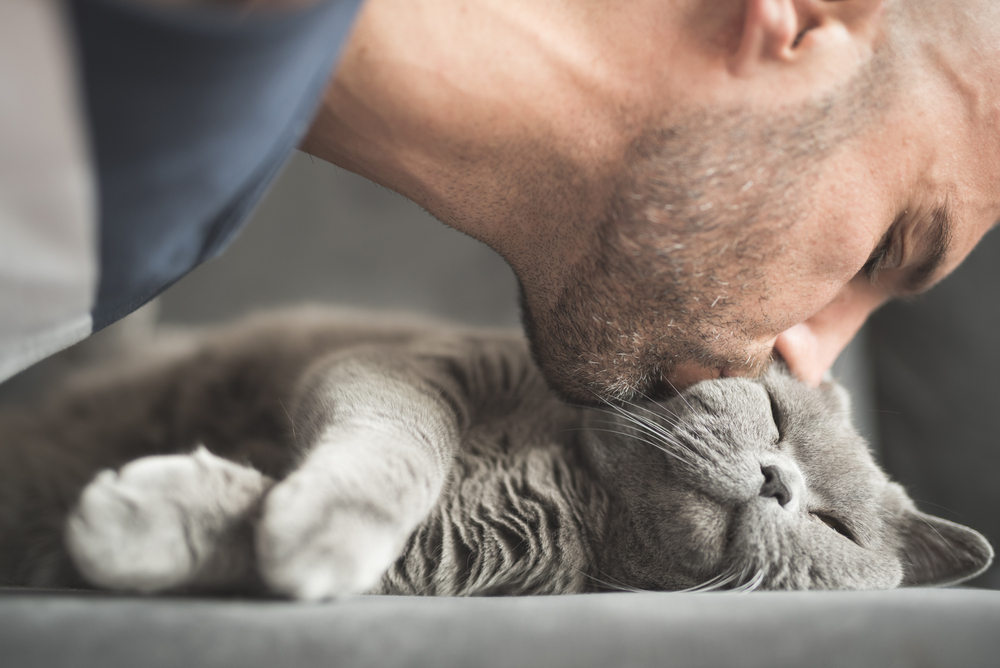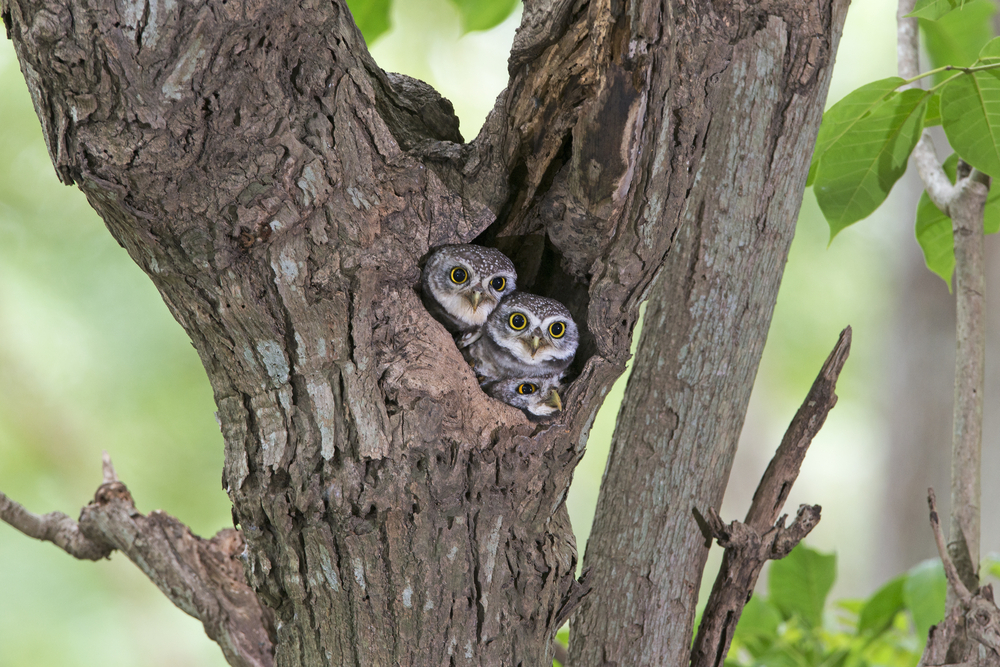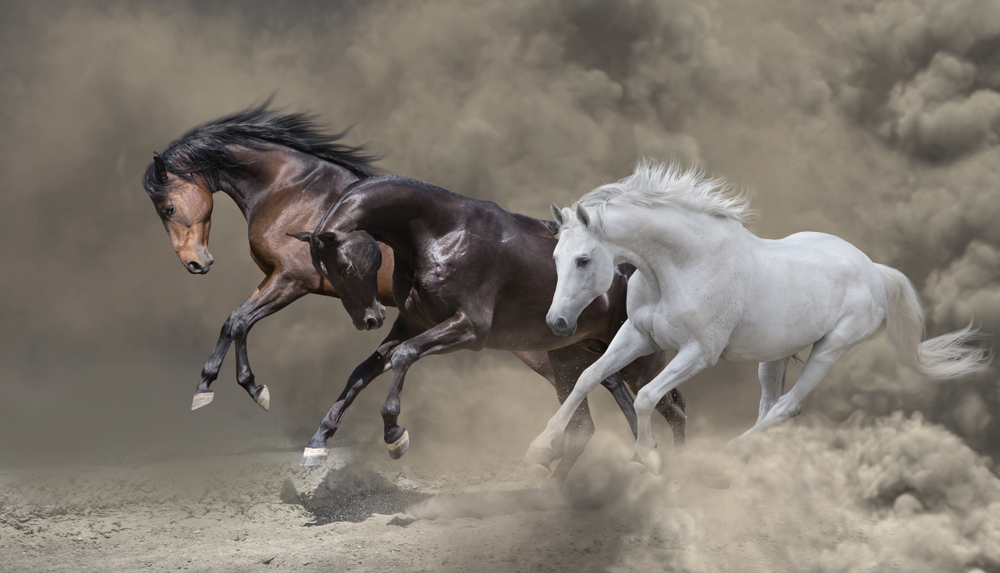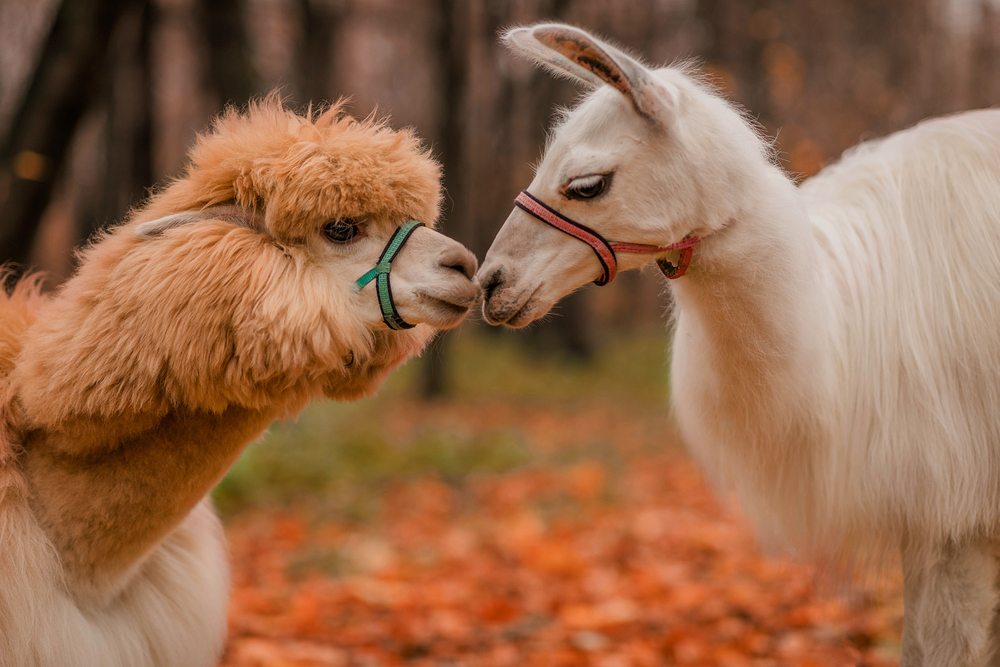Cheenese Dog Breed – 6 Amazing Facts and Information
By  Olivia Moore |
Last updated: Sep 24 2022
Olivia Moore |
Last updated: Sep 24 2022
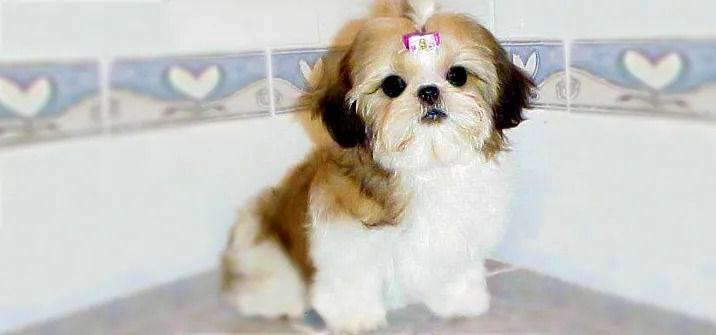
The Cheenese Dog is not a pure breed dog. It is a hybrid dog resulting from a cross between Chihuahua and Havanese.
The Cheenese dog is a small designer dog that has grown in popularity over recent years because of its adorable looks and loyal nature.
A Cheenese Dog or Cheenese Puppy can be characterized by its dark brown eyes, short-to-medium ears, slightly tapering at the nose, and a tail usually carried forward up over the back.
Related Article: How To Train A Dog To Go Stairs?
Things You Should Know Before Owning a Cheenese Dog or Cheenese Puppy:
If you are thinking of buying a Cheenese Dog or Puppy, you’ll find everything that’s essential to know in this article. Please keep reading about the Cheenese dog breed, from its ancestor history to its nature, temperament, and health issues.
Cheenese Dog Breed Overview:
Weight: 4 – 16 pounds.
Height: 6 – 9 inches.
Temperament: Intelligent, Charming, Outgoing, Friendly, Social, Loyal, Independent, Stubborn.
Coat: Long, straight and Silky.
Color: White, Black, Brown, Gold, Cream, and Chocolate.
Life Span: 12 – 18 years.
Other Names: Havachi, Hava Chi, Havahuahua.
Price: $100 – $600
![]()
History of Cheenese Dog:
The Cheenese is a cross between Havanese and Chihuahua. It is believed that traders bought three tiny dogs found in Chihuahua, Mexico, in 1850 to America, where they got the attention of Americans and became very popular.
The Havanese originated in the Mediterranean, and the Spanish traders bought them to Cuba. Havanese were gifted to Cuban Women and became a symbol of wealth. Now the Havanese is known as the national dog of Cuba.
![]()
Cheenese Dog Temperament:
Being a hybrid dog, Cheenese tend to be happier, bright, and responsive. A Cheenese dog is a friendly dog who loves to socialize with other people. They are very sensitive and don’t enjoy being left alone.
In contrast, Cheenese dogs are fiercely independent and stubborn. But these dogs will still curl up on your lap for most of the day. Since it is what the Cheenese dog wants to do, it doesn’t conflict with its independent nature.
So we can say that the independent nature of a Cheenese puppy or dog is balanced by its even nature.
Cheenese dogs are incredibly loyal to their owners and will favor you over anyone who enters your home. They will bark at anyone to let you know that someone is coming.
Yet because of their independent nature, Cheenese dogs don’t do well with young children. But you can train them. However, the Cheenese dog is too challenging to train.
But if a Cheenese puppy is raised with small children, it may be able to be successful in a home. Thus, socializing from a young age is helpful, but supervision is necessary. It would help if you told your kid to be polite with this little canine.
The Cheenese dogs do well with other dogs and pets if socialized early.
![]()
Cheenese Dog Care & Maintenance:
The Cheenese Dog or Cheenese Puppy Care and grooming requirements are low to moderate.
• Grooming:
If the Cheenese dog takes after their parent, Chihuahua, then they will be moderate shedders and require daily brushing (3x per week). On the other hand, if the Cheenese dog takes after their parent, the Havanese, then it won’t shed at all or shed very little. But they’ll still require daily brushing to keep their hair from matting.
When it comes to bathing, it doesn’t matter which parent they take after. Bathing should occur when necessary as too many baths can hurt the Cheenese dog’s natural skin oils. Moreover, putting the wrong shampoo can lead to various skin problems in your puppy.
Furthermore, brush the Cheenese dog 3 times a week to prevent plaque buildup. Also, check your dog’s ears weekly. Do clip its nails when necessary.
• Activity Requirements:
A Cheenese is a great apartment dog because of its smaller size, but it doesn’t mean they don’t have the energy to burn. Despite their size, a Cheenese dog has a moderate level of energy.
If you inhabit an apartment, you can take them to the dog park, where they can run around without their leash.
These dogs are active and enjoy regular exercise and outdoor space for playing and running. You can take them on a lengthy walk, play games with them or even romp around the yard.
But make sure that your Cheenese dog gets enough activity and socialization so introduce them to other animals.
Cheenese dogs are fast learners and can compete in sports like freestyle, obedience, agility, and flyball.
If you don’t exercise a Cheenese dog enough, then they can exhibit destructive boredom behaviors that can be both frustrating and costly.
• Training:
Cheenese dogs are notoriously stubborn, so training them may be hard for first-time dog owners. So, if you don’t want to train your Cheenese puppy by yourselves, you can consult a professional pet trainer. But keep in mind that a professional pet trainer can be costly.
And if you are willing to learn your battle, then be consistent, patient, persistent, and confident while training your Cheenese Pup/ Cheenese Dog. You should start the training when the Cheenese Puppy is 2 – 3 months old.
![]()
Cheenese Dog Common Health Problems:
Many people prefer designer dog breeds as they are healthier than purebreds. Yet, with a Cheenese, that’s not the case. Cheenese dogs are genetically liable to wide-ranging health problems, including collapsed tracheas, hypoglycemia, cataracts, Hip dysplasia, eye problems, diabetes, Wobbler Syndrome, cherry eye, and patellar luxation.
Minor Conditions
• Eye problems
• Deafness
Serious Conditions
• Hypoglycemia
• Collapsed trachea
• Hydrocephalus
• Patellar luxation
• Liver problems
To avoid these conditions, ensure your Cheenese dog has a healthy diet with moderate daily exercise. Furthermore, you should take your dog to the vet for regular checkups.
It isn’t the solution, but taking proper care of them can reduce their chances of developing health concerns early in life, and your dog will live a great, happy, and long life. You can also purchase pet insurance for your Cheenese Puppy as it will help offset any costs if they develop a severe condition.
![]()
Cheenese Dog Diet and Nutrition:
Taking care of your Cheenese dog’s diet is the best thing you can do to keep it in shape. Though there are many food options, feeding your Cheenese dog commercial kibble is the best approach.
As the size of a Cheenese can vary quite a bit, their dietary requirements can vary too.
You need to feed your Cheenese dog anywhere from ½ to 1 cup of dry food daily (which costs $25 – $30 monthly). The Cheenese is a small dog, so don’t compromise on the quality of its food, or you’ll have more health concerns down the road.
![]()
Conclusion
The Cheenese is an adorable designer dog but is stubborn. Still, you can train and socialize with them, and they’ll become your great companions.
Raising a Cheenese Puppy will require attention and care, but it’s also a rewarding experience.
It’s a great choice for people who live in small apartments, but if you have children in your home, you should have to train your Cheenese dog.
Written by
Olivia Moore
Olivia is a freelance writer and pet enthusiast who writes articles on animals to help owners and their pets live their life in the best way. She resides in Australia and is currently doing her master’s degree in wildlife biology. Besides her studies, she has found a new love for working online and writing about animals. She is passionate about creating awareness about pets. Her mission is to write content on their health issues and the best ways to make their pets content. She loves to write about animals of all types but her specialties are dogs, cats, and birds.

